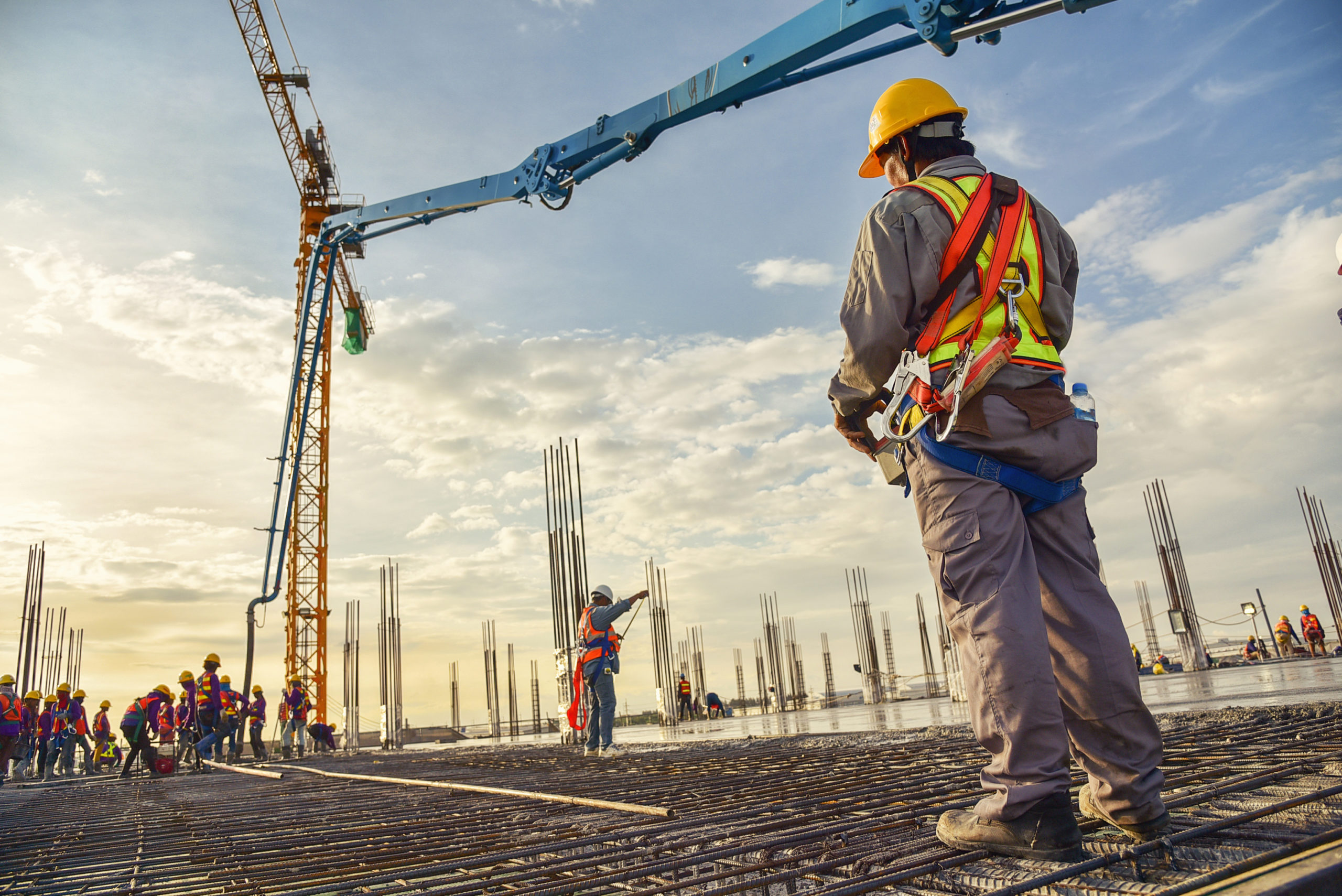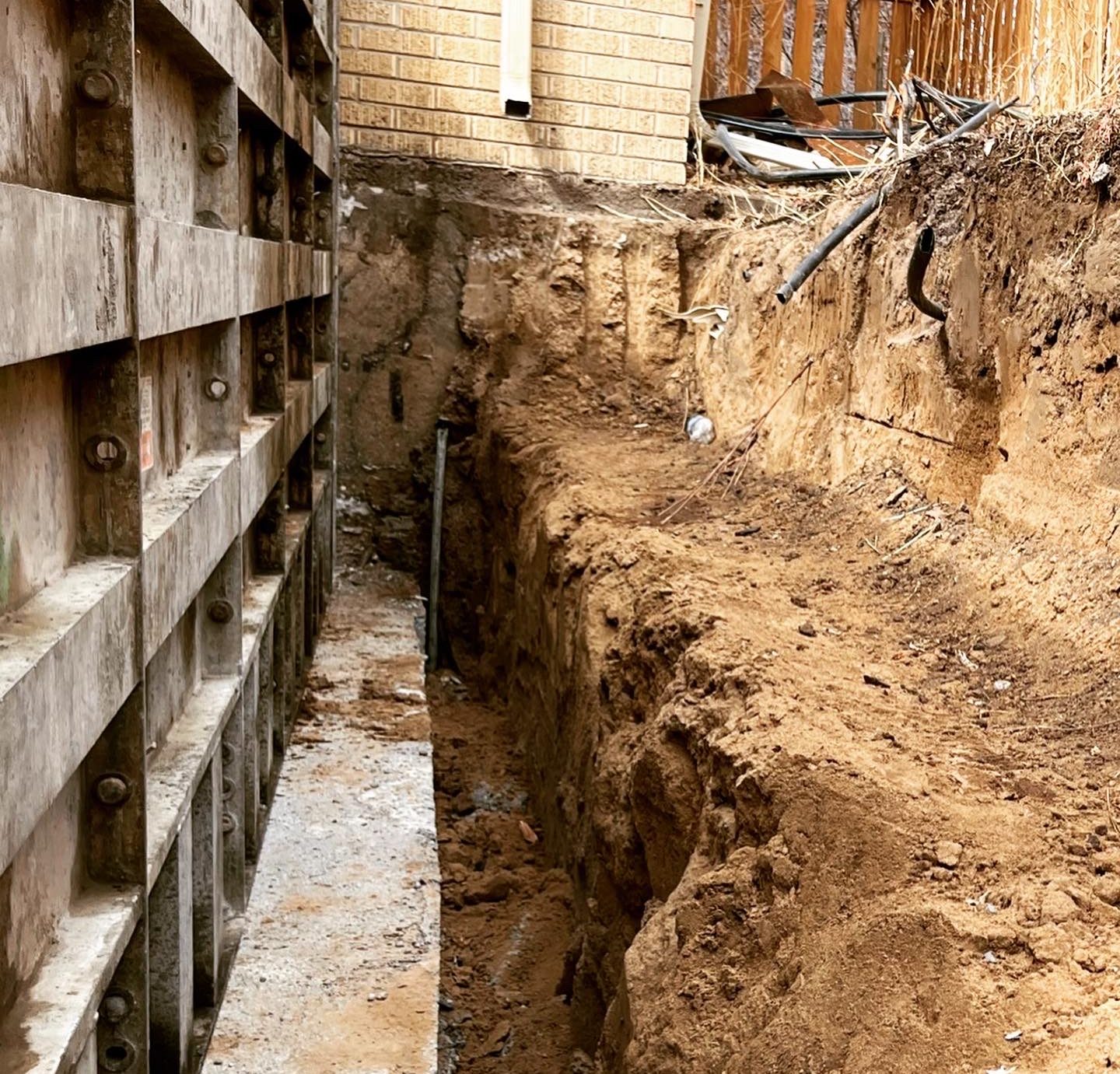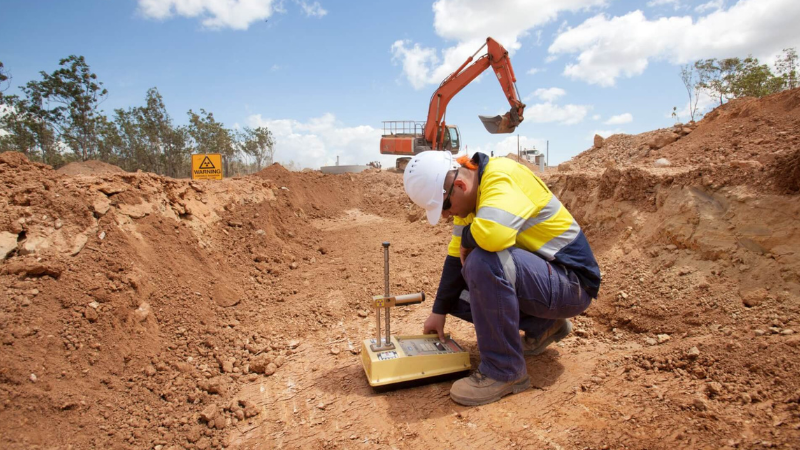A Complete Guide to Ending Up Being an Effective Geotech Engineer
Wiki Article
A Detailed Overview of the Trick Responsibilities of Geotechnical Engineers in Website Characterization and Ground Enhancement Techniques for Design Solutions
Geotechnical engineers are indispensable to the successful implementation of design projects, charged with the essential responsibilities of site characterization and the application of ground renovation strategies. Their job includes a detailed analysis of subsurface conditions, utilizing different screening approaches to recognize dirt and rock buildings. This fundamental knowledge not only informs design decisions but likewise reduces prospective dangers connected with ground instability. As we check out the diverse functions of these experts, it ends up being obvious just how their expertise forms the safety and effectiveness of design remedies. What specific techniques and assessments stand apart in this crucial self-control?Duty of Geotechnical Designers
Geotechnical designers play a pivotal role in the design and building of infrastructure by assessing the behavior of dirt and rock underneath the surface - geotechnical industry. Their responsibilities include assessing subsurface conditions to notify design choices that ensure architectural stability and safety and security. By carrying out detailed evaluations of soil properties, consisting of shear permeability, compressibility, and toughness, geotechnical engineers supply critical data that influences the choice of ideal building products and techniquesAlong with assessing soil technicians, geotechnical engineers are charged with determining prospective threats such as landslides, sinkholes, and ground settlements. Their expertise assists minimize risks connected with these geotechnical phenomena, thus protecting both the atmosphere and public safety. They additionally collaborate closely with other engineering self-controls, ensuring that geotechnical considerations are integrated into general job style.
In addition, geotechnical designers engage in the evaluation of existing structures, offering recommendations for retrofitting and repair services when needed. Their detailed understanding of soil-structure communication is crucial for the growth of lasting framework remedies. On the whole, the duty of geotechnical designers is indispensable to the effective understanding of building and construction tasks, guaranteeing they are secure, long lasting, and certified with regulative standards.

Website Characterization Procedures
Effective site characterization procedures are necessary for understanding the subsurface problems that affect project style and implementation. Geotechnical engineers use a systematic technique to gather, assess, and translate data regarding rock, dirt, and groundwater characteristics. This process begins with a comprehensive testimonial of existing literary works and historical site data, giving insights into previous site problems and possible obstacles.
Data evaluation follows fieldwork, where engineers make use of geostatistical techniques to interpret findings and develop geological versions. Through attentive site characterization, geotechnical engineers lay the foundation for successful project execution, decreasing unforeseen difficulties and enhancing resource allowance.
Dirt and Rock Screening Methods
While recognizing subsurface problems is crucial, the choice of suitable soil and rock screening techniques is equally crucial for accurate analysis and style. Geotechnical engineers use a range of testing methods to examine the physical and mechanical residential properties of soil and rock materials.Lab examinations, such as Atterberg limits, grain size analysis, and unconfined compressive toughness examinations, offer vital data on soil habits under various dampness problems and packing scenarios. These tests assist identify soil classification and anticipate settlement or shear strength characteristics essential for foundation layout.
In-situ screening techniques, including Standard Infiltration Examinations (SPT), Cone Infiltration Tests (CPT), and stress meter examinations, enable engineers to collect data directly from the ground. These methods supply beneficial insights right into the soil's thickness, uniformity, and stratification without the need for considerable tasting.
Rock testing generally involves core tasting and laboratory evaluation to analyze residential properties like uniaxial compressive stamina and rock high quality classification (RQD) Together, these dirt and rock testing methods allow geotechnical engineers to make enlightened choices pertaining to site-specific difficulties, ensuring the security and security of engineering remedies.
Ground Improvement Strategies
Ground enhancement methods are vital for boosting the engineering buildings of soil, consequently increasing its load-bearing capability and decreasing settlement. These approaches are important in resolving challenges offered by weak or troublesome soils, which can substantially influence the stability and longevity of structures.Different ground renovation techniques are employed, including compaction, grouting, and soil stablizing. Grouting, on the various other hand, entails injecting a fluid product right into the ground to load gaps and boost dirt cohesion.
Dirt stabilization includes a series of techniques, from chemical additives to mechanical therapies, targeted at enhancing the dirt's resistance to disintegration and deformation. Methods such as lime stabilization or concrete blending modify the residential properties of the soil at a particle level, enhancing its overall performance.
Significance of Geotechnical Evaluations
Geotechnical read this article assessments play a my blog vital function in the planning and layout of design tasks, as they offer important information concerning the subsurface problems. Comprehending dirt buildings, rock formations, groundwater levels, and possible geohazards is vital for making certain the security and safety and security of frameworks. These analyses allow designers to make educated decisions concerning website selection, layout specifications, and building and construction techniques.
The significance of geotechnical analyses extends past first project stages; they are instrumental in danger administration and price effectiveness. By identifying potential issues early, such as dirt negotiation, slope instability, or too much groundwater, designers can develop ideal mitigation methods, reducing the probability of pricey delays and structural failings. These evaluations sustain conformity with regulatory demands and improve the sustainability of design techniques.

Final Thought
In final thought, geotechnical designers are essential to making sure the security and stability of design jobs through thorough site characterization and ground renovation strategies. geotechnical industry. Their methodical technique to examining subsurface problems, combined with their suggestions for reliable ground modification, substantially enhances Related Site soil homes and load-bearing ability. The competence of geotechnical designers not just helps with educated task planning yet additionally ensures compliance with laws and cultivates effective communication amongst stakeholders, inevitably adding to successful engineering resultsGeotechnical engineers play an essential duty in the design and building of facilities by analyzing the actions of dirt and rock below the surface. By carrying out thorough evaluations of dirt homes, consisting of shear leaks in the structure, compressibility, and toughness, geotechnical designers supply essential information that affects the option of proper building materials and methods.
In addition to analyzing dirt technicians, geotechnical designers are charged with determining potential hazards such as landslides, sinkholes, and ground negotiations. Geotechnical designers utilize a systematic strategy to gather, assess, and interpret information concerning dirt, groundwater, and rock qualities. By identifying potential concerns early, such as soil settlement, incline instability, or too much groundwater, designers can develop appropriate reduction methods, decreasing the likelihood of architectural failings and costly hold-ups.
Report this wiki page